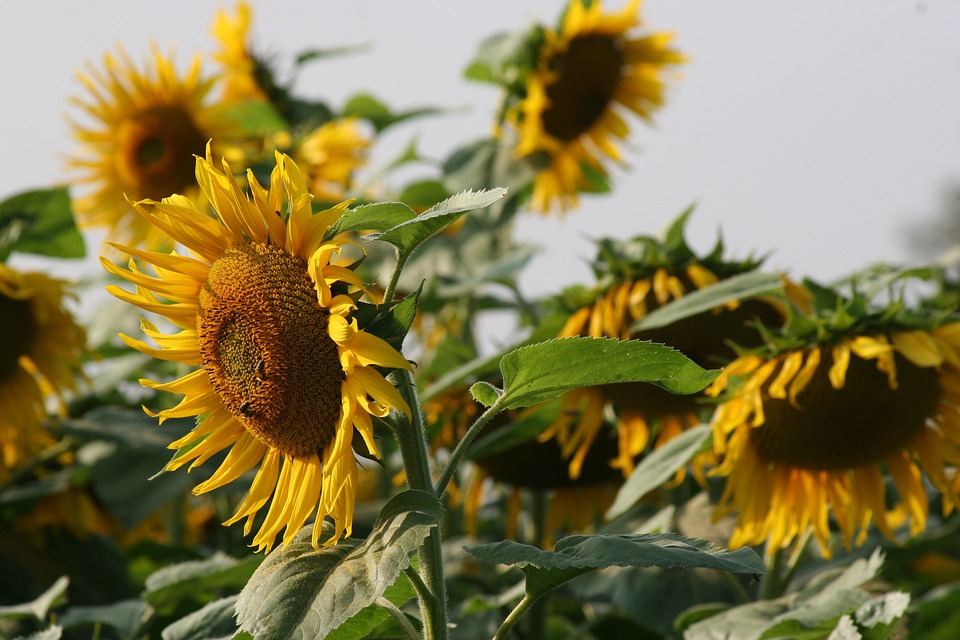- Home /
- Magazine
Agroforestry, a pilot project at the Daul/Boime farm in Pfettisheim
In Pfettisheim, Dominique Daul and his partners, committed farmers, have decided to incorporate agroforestry into their farm.
Their farm specialises inbeef and arable farming. In addition to this activity, they run a horse boarding facility for eight horses, as well as a farm equipment-sharing cooperative involving around fifteen farmers. The farm operates as a collective with other farmers.
For them, working as part of a group is a real strength: “ For a start, you’re not on your own. There’s always someone who has a good idea or who supports you in times of doubt. We move forward together
Their objective today? To find a balance between agricultural production and respect for the environment throughagroforestry. This pilot project is an experiment that could well inspire other farmers in the region.
A family farm rooted in the region
The Daul/Boime farm has been in the family for several generations. Dominique Daul and his partners grew up surrounded by crops, and for several years now have been seeking to innovate in order to adapt to changes in the world of agriculture.
” We want to continue cultivating the land, but in a way that takes better account of the environment “, they explain. It was with this in mind that they turned to agroforestry.
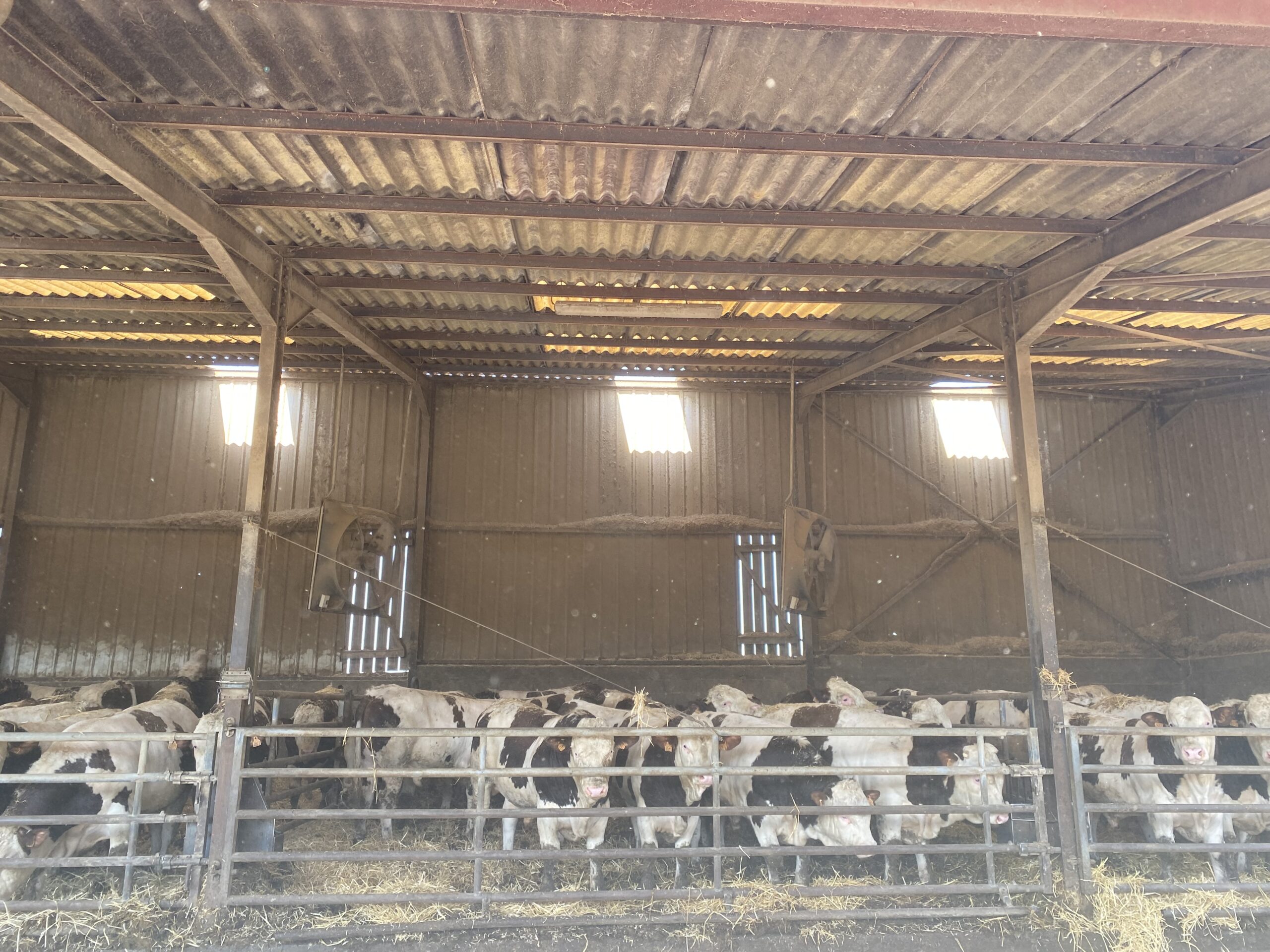
What is agroforestry?
Agroforestry involves combining trees, shrubs and hedges with crops orlivestock on the same plot of land. Unlike conventional agriculture, which favours large, open areas, this approach relies on diversity to improve soil health and preserve biodiversity.
In particular, this technique makes it possible to :
- Reduce soil erosion thanks to the tree roots that stabilise the soil,
- Improve water retention and limit the effects of drought,
- Provide shade for crops and animals, reducing heat stress,
- Encourage biodiversity by providing a natural habitat for many species.
” Planting trees in our fields allows us to retain more moisture and provides a refuge for many species,” explain Dominique Daul and his partners. ” It’s also a way of adapting our farm to climate change
On their farm, they have chosen different species adapted to the Alsatian climate: oaks, field maples and fruit trees. “It’ s important to choose the right species so that they blend in with the crops and provide real benefits,” they explain.

Benefits for the environment and biodiversity
Trees play a key role in theecological balance. Their deep roots improve soil structure, retain water and limit drought. Their decomposing leaves enrich the soil with essential nutrients.
” Trees also attract insects and birds, which naturally help us to combat certain pests,” they add. Less need for chemical treatments, more biodiversity: it’s a win-win situation.
By diversifying crops and ecosystems, agroforestry reduces vulnerability to disease and pests. ” With a monoculture, if a disease arrives, it can devastate everything. By mixing crops and including trees, we considerably reduce this risk “, they emphasise.
Agroforestry also has an economic advantage. In the long term, it reduces the costs associated with soil maintenance and the purchase of pesticides, while guaranteeing more stable yields. Hedges and groves can also produce wood for heating or mulching.
” We’re investing in the future, not just for ourselves, but for future generations “, they insist.

A pilot project supported by the Kochersberg Community of Communes
To carry out this pilot project, Dominique Daul and his partners benefited from the support of the communauté de communes. This aid enabled them to purchase the trees and obtain technical advice on how to integrate them into the crops.
“It’ s important to have support, because these projects require time and investment. With the support of the communauté de communes, we can move forward more serenely “, they explain.
In addition to financial support, the communauté de communes is helping farmers to introduce more environmentally-friendly practices. The aim is to make the region an example of sustainable development.
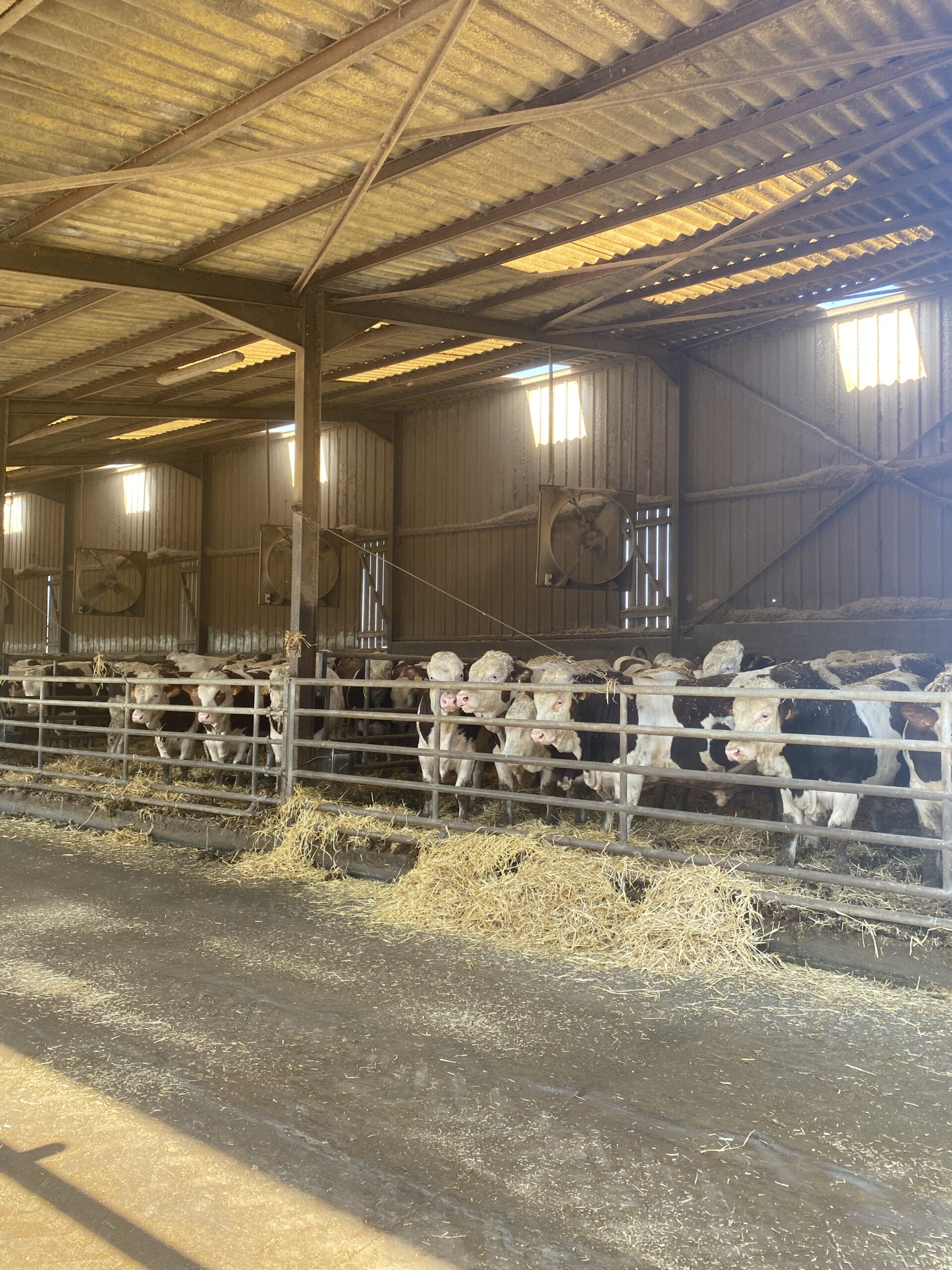
A project for the future
Dominique Daul and his partners don’t just want to apply agroforestry on their farm. They hope that other farmers in the region will take an interest in it and follow suit.
“ We need to rethink the way we produce. Agroforestry is a solution that allows us to preserve our land while continuing to farm,” they say.
They are working with other farmers and associations to share best practice and the aid available to finance these projects. They believe that by sharing experiences and learning from each other’s successes, farming can move towards a more sustainable model.
This model could also be extended to other sectors, such as viticulture or market gardening, where the integration of trees can improve the resilience of crops in the face of climatic hazards.
“ We’re at the beginning of a profound change, but we’re convinced that in a few years’ time, agroforestry will be common practice,” they say.
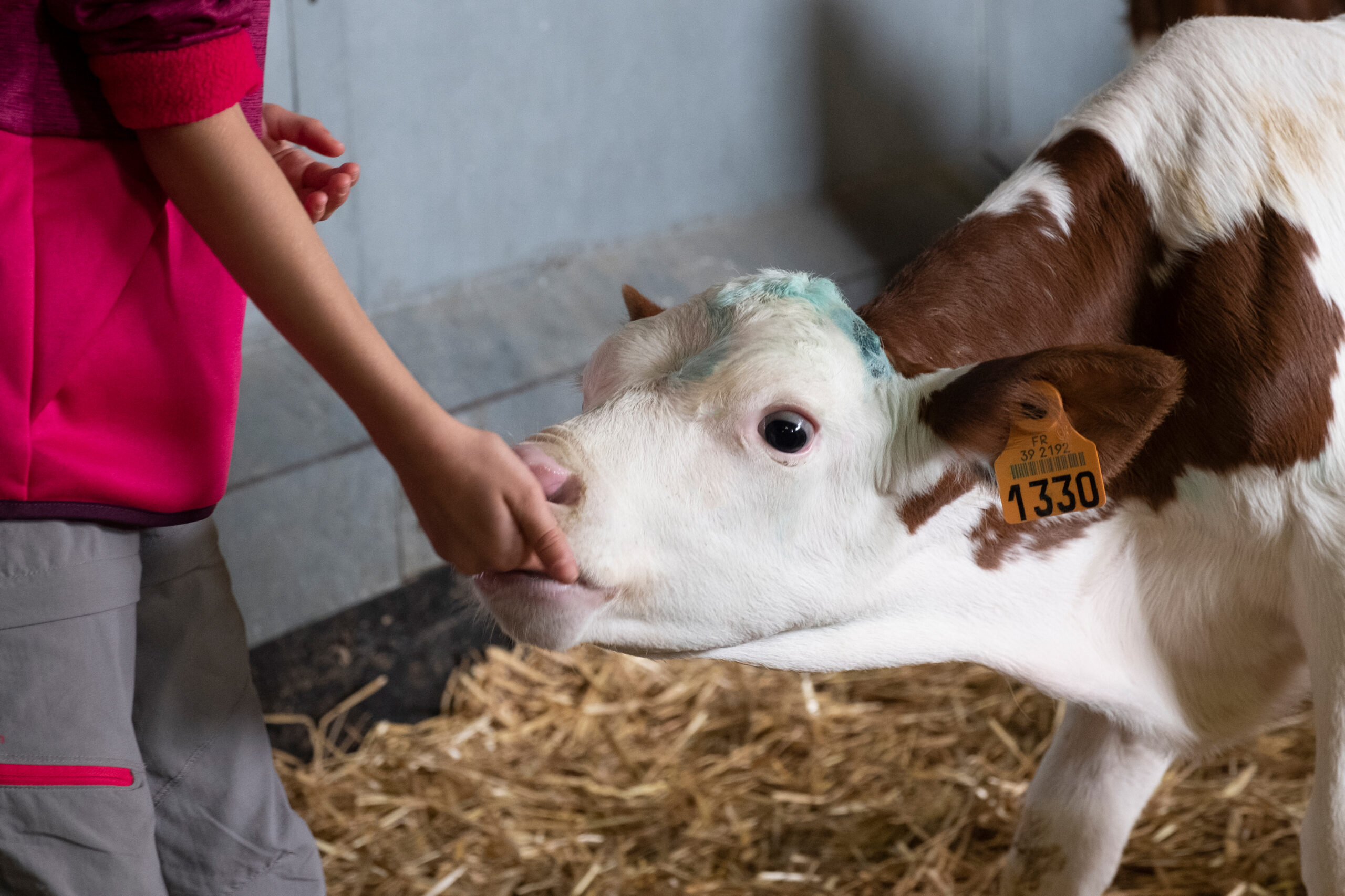
Sharing and raising public awareness
Dominique Daul and his partners also want to introduce the local population to agroforestry. They are organising summer visits with the Tourist Office and discovery days to explain their project.
” A lot of people don’t know about this agricultural model. It’ s important to show them in concrete terms how it works “, they stress.
Workshops and meetings are also planned to raise awareness among young and old of the importance of preserving our soil and biodiversity.
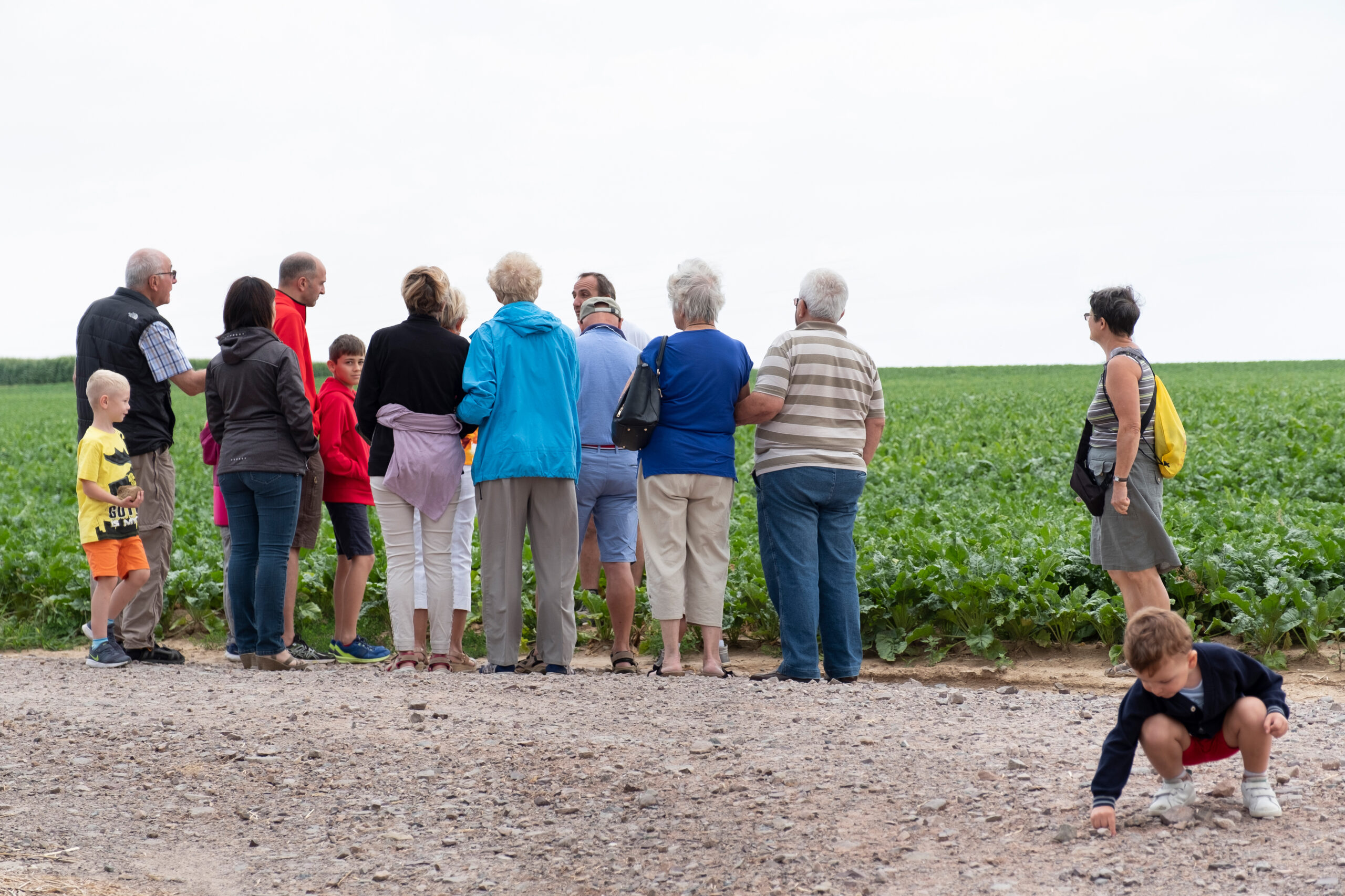
An initiative to be followed closely
The pilot project run by Dominique Daul and his partners is a fine example of the transition to more sustainable agriculture. Their commitment shows that it is possible to combine production with respect for the environment.
Over the coming months, they will continue to observe the results on their crops with the help of the Chamber of Agriculture. A great adventure that deserves to be followed closely!
Le Beau Jardin Tourist Office will keep you informed of the progress of this and other sustainable projects in the area. Stay tuned to find out more!
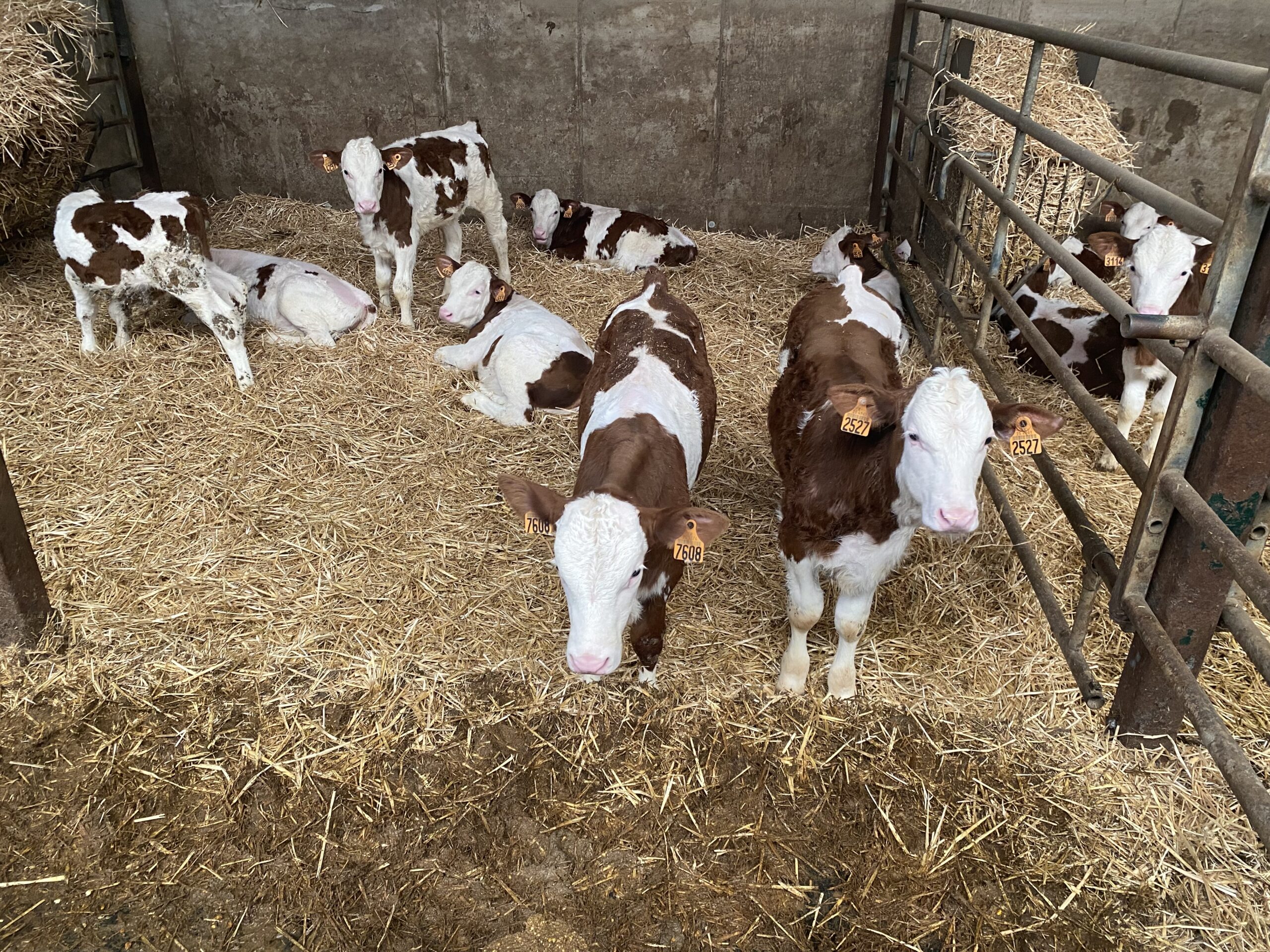
#visitlebeaujardin

Here, we open the doors to our beautiful garden.

 Follow us on @visitlebeaujardin
Follow us on @visitlebeaujardin 